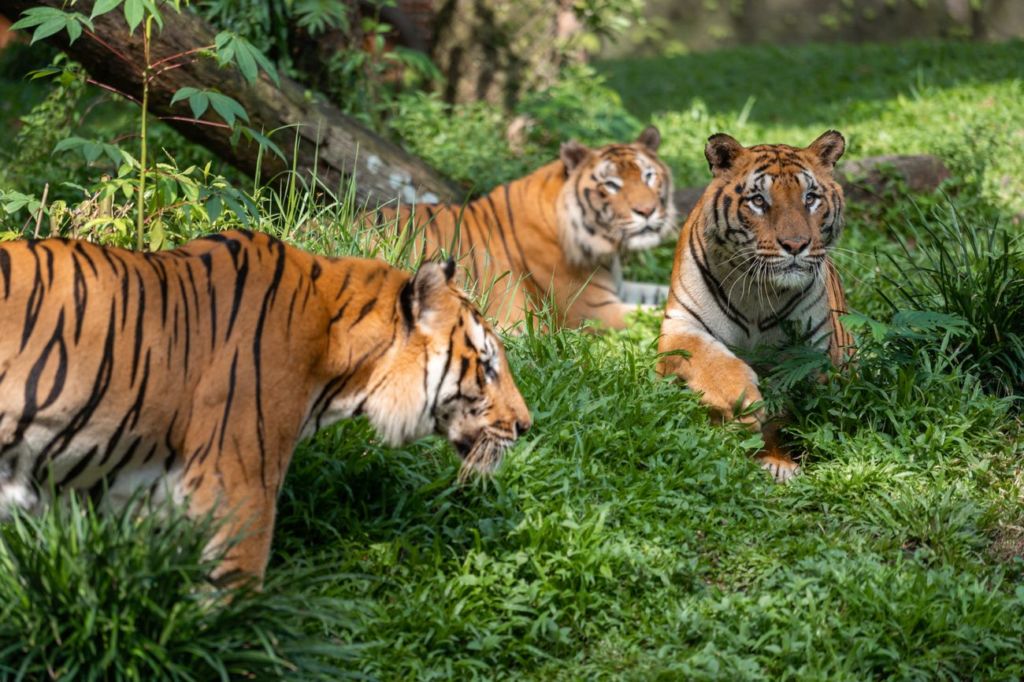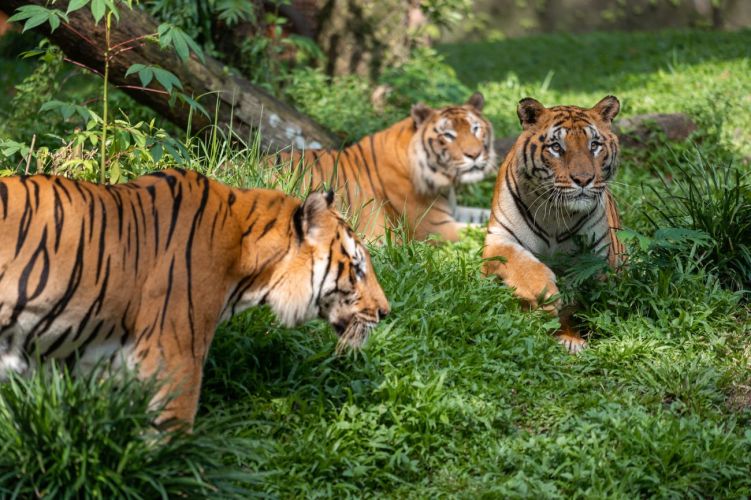The first season of the docuseries Animal on Netflix features tigers, including the Royal Tiger (Bengal tiger), the “king of the jungle”, living and interacting together even though they are usually solitary creatures.
Tigers are carnivores that need to live in a fertile habitat with sufficient food and water resources. Rach tigers will “own” a huge territory. Therefore, deforestation and declining prey have impacted the tiger’s habitat.

Despite being the apex predator and a key indicator of biodiversity and a fertile ecosystem in the forest, the tiger is in danger. Humans have invaded and heavily impacted their natural habitats through deforestation until tiger numbers have decreased significantly from several hundred thousand in the past to just around 4,000 living globally in the wild today.
In addition to deforestation, another main reason for the drastic decline in tiger numbers is the hunting of these majestic creatures for their organs to be used in alternative medicine and for their head and skin to make decorative items, which fetch prices on the black market. At the same time, the tiger’s prey, including deer, barking deer, boar, bulls, and red bulls, have also been killed by humans.
According to the International Union for Conservation of Nature (IUCN), the tiger is defined as an endangered species. Today, tigers can be found in only 13 countries worldwide, where the forest is large and fertile enough for the tigers to live, including Thailand, Cambodia, Laos, Malaysia, Myanmar, Indonesia, India, Nepal, Bhutan, Bangladesh, China, and Russia.






In Thailand, tigers are mostly found in the western forest complex; namely Thungyai-Huai Kha Khaeng Wildlife Sanctuaries, Pang Sida National Park, and Tap Lan National Park. During the last 12 years since Thailand launched its National Action Plan for Tiger Conservation (2010-2022), the number of tigers has gradually increased. According to the available evidence, which includes photos, animal footprints, and other traces, together with the results of a survey in Thailand’s national parks and wildlife sanctuaries, the number of tigers in the country has increased from 42 in 2010 to 148-189 today. For this to happen, the tiger’s prey also has to be plentiful and thriving, as one tiger needs about 3,000 kilograms of meat per year.
The increasing number of tigers shows that the ecosystem and forest area where the tigers live are fertile and expanding because tigers need a vast area for their territory. According to research conducted by the wildlife research center of Khao Nang Ram, Huay Kha Khaeng, it was found that one male tiger needs a territory of 267-300 square kilometers, while a female tiger needs 60-70 square kilometers to live.
Despite its success in increasing the number of tigers in its borders, Thailand is continuing to deploy its national action plan for tiger conservation for another 12 years until 2034, with the aim of gradually increasing the number of tigers in the wild and making Thailand a true leader of tiger conservation in ASEAN.




